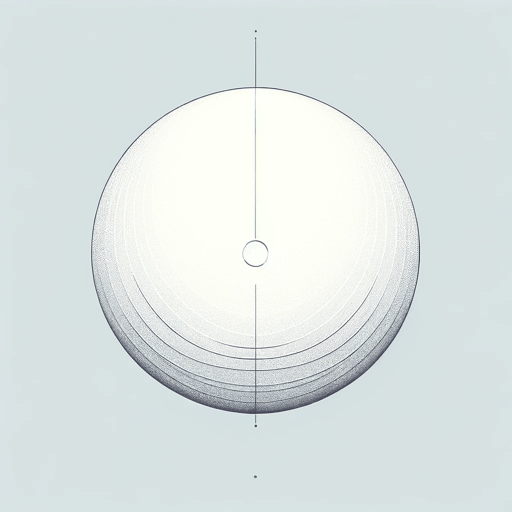25 pages • 50 minutes read
Isaac AsimovThe Last Question
Fiction | Short Story | Adult | Published in 1956A modern alternative to SparkNotes and CliffsNotes, SuperSummary offers high-quality Study Guides with detailed chapter summaries and analysis of major themes, characters, and more.
Literary Devices
Foreshadowing
In Isaac Asimov’s “The Last Question,” foreshadowing creates anticipation and suspense throughout the narrative. Foreshadowing involves the subtle hinting at or alluding to future events or developments in the story, effectively preparing readers for what lies ahead.
One of the most striking examples of foreshadowing in the story is the recurring phrase, “The stars blinked” (5). Each time this phrase appears, it serves as a foreboding clue about the fate of the universe—a fate marked by the eventual heat death and the relentless advance of entropy. This repetition of the phrase instills a sense of impending doom, effectively underscoring the overarching theme of entropy and the unstoppable passage of time.
Foreshadowing also comes into play when Adell poses the pivotal question, “Can entropy ever be reversed?” (3). This question, asked at the story’s outset, acts as a powerful foreshadowing device. It hints at the central theme of the relentless pursuit of knowledge and the unyielding quest to defy entropy—a theme that gains increasing prominence as the narrative unfolds. The anticipation built through this foreshadowing makes the eventual revelations all the more impactful.
The use of foreshadowing in “The Last Question” not only contributes to the story’s suspense but also reinforces its central themes.
Related Titles
By Isaac Asimov
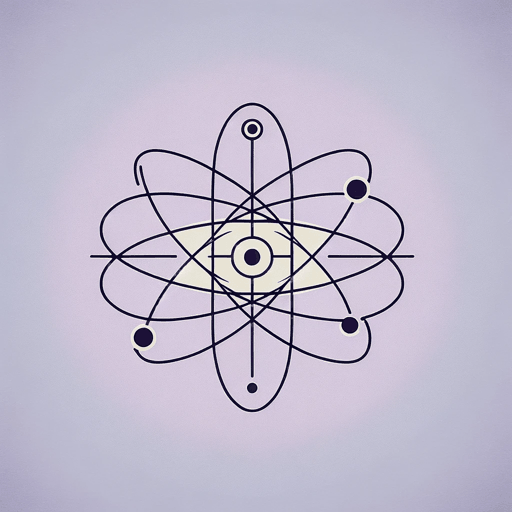
Foundation
Isaac Asimov

Foundation and Empire
Isaac Asimov
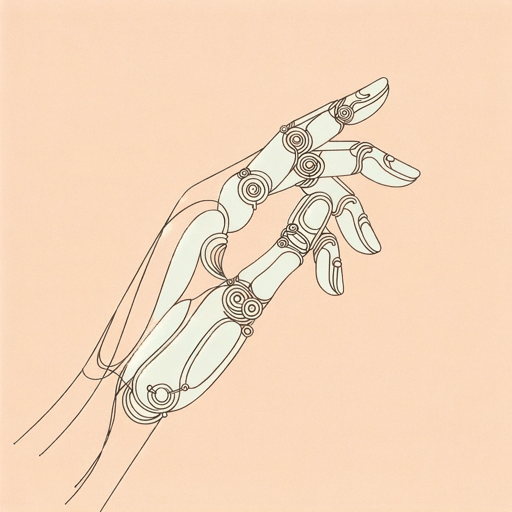
I, Robot
Isaac Asimov

Rain, Rain, Go Away
Isaac Asimov
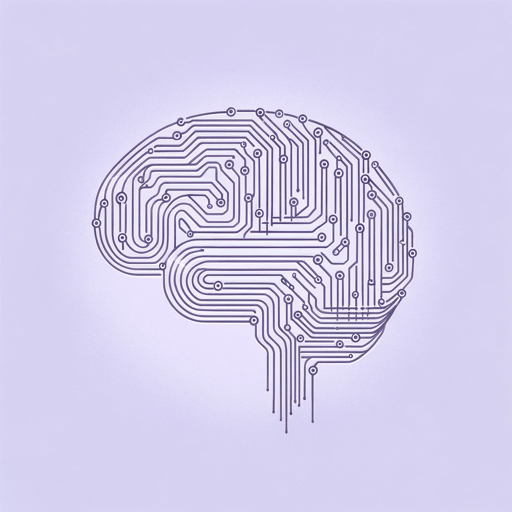
Robot Dreams
Isaac Asimov
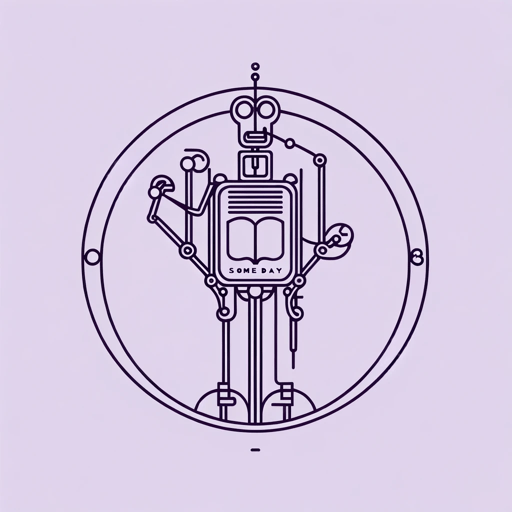
Someday
Isaac Asimov
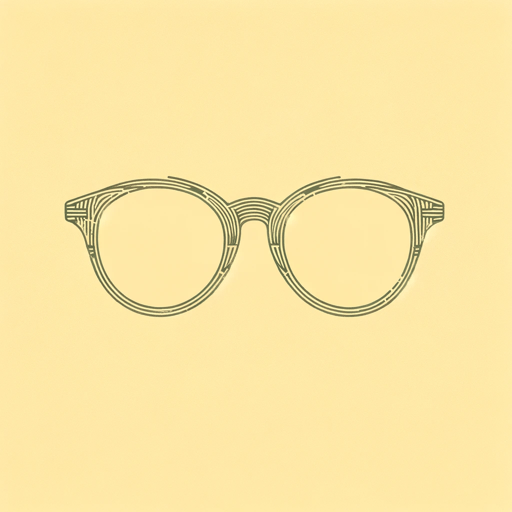
The Caves of Steel
Isaac Asimov
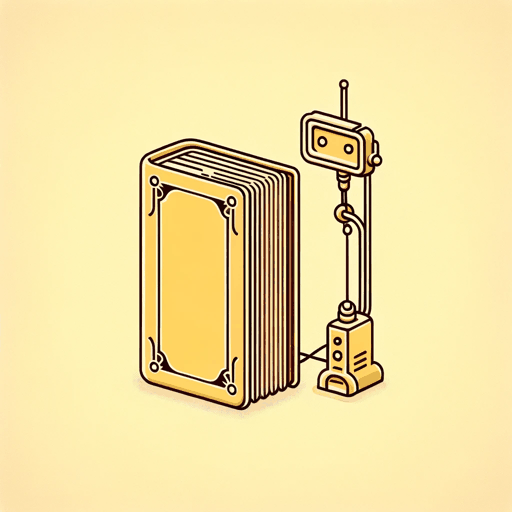
The Fun They Had
Isaac Asimov

The Gods Themselves
Isaac Asimov

The Ugly Little Boy
Isaac Asimov
